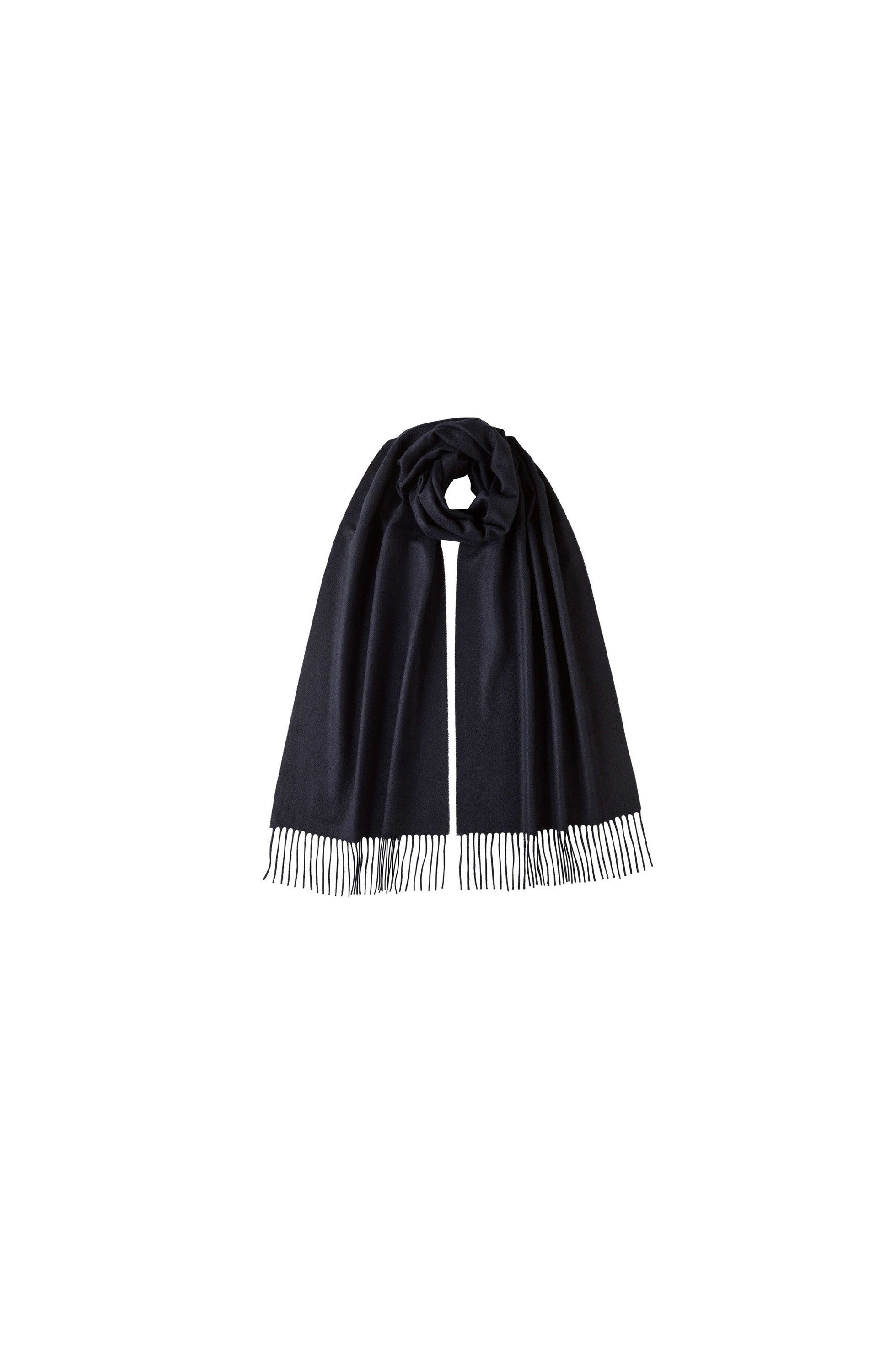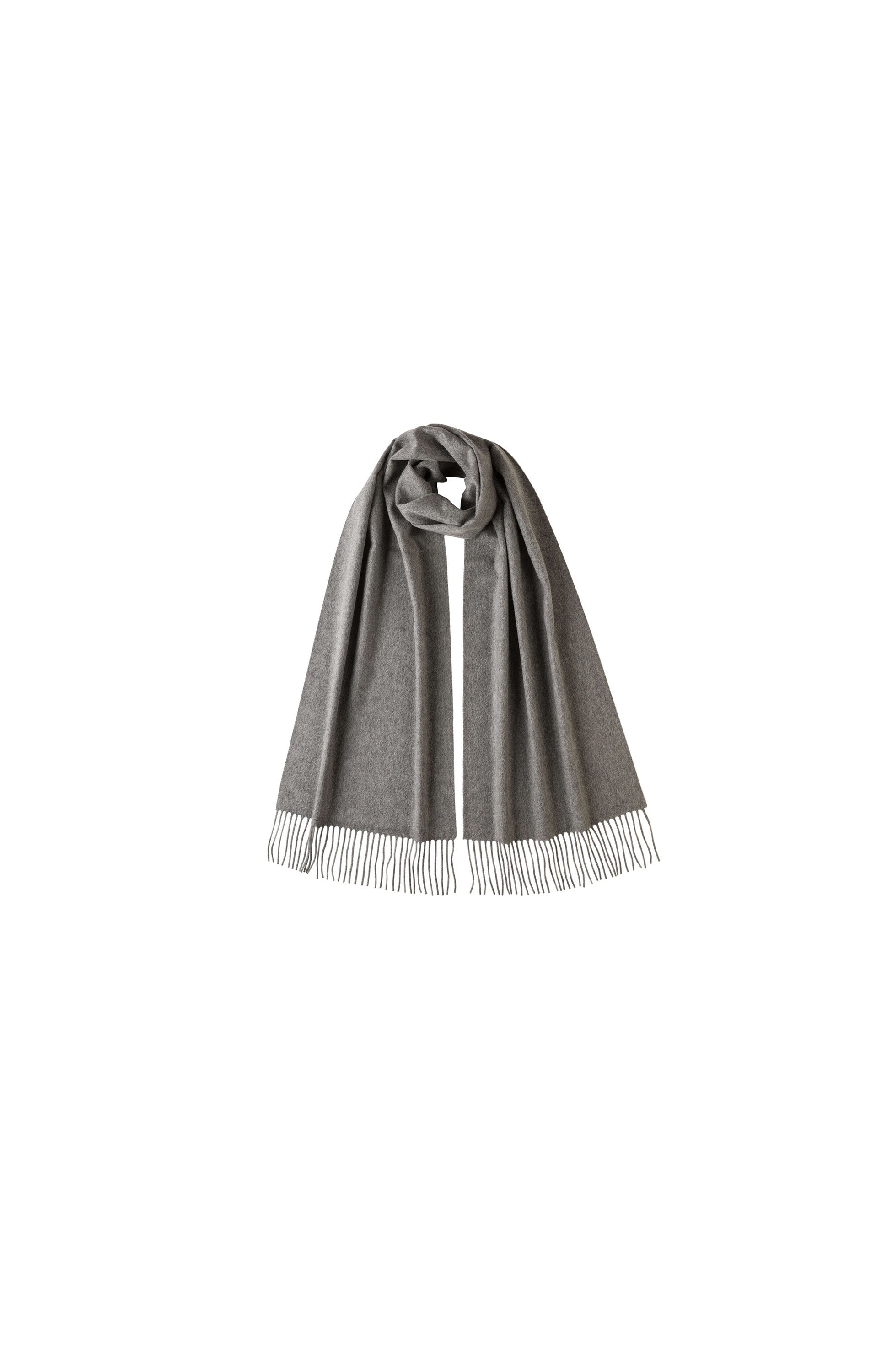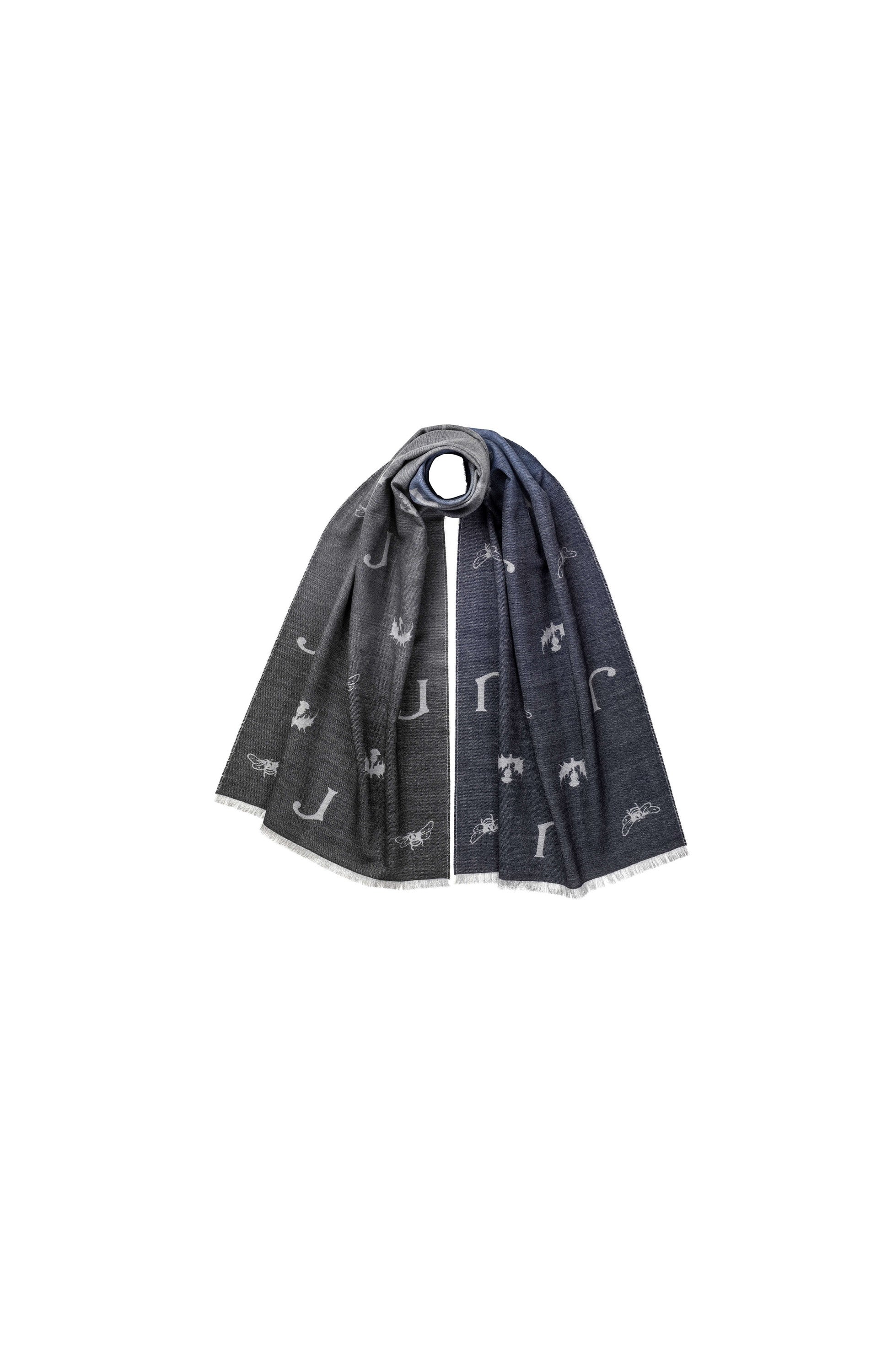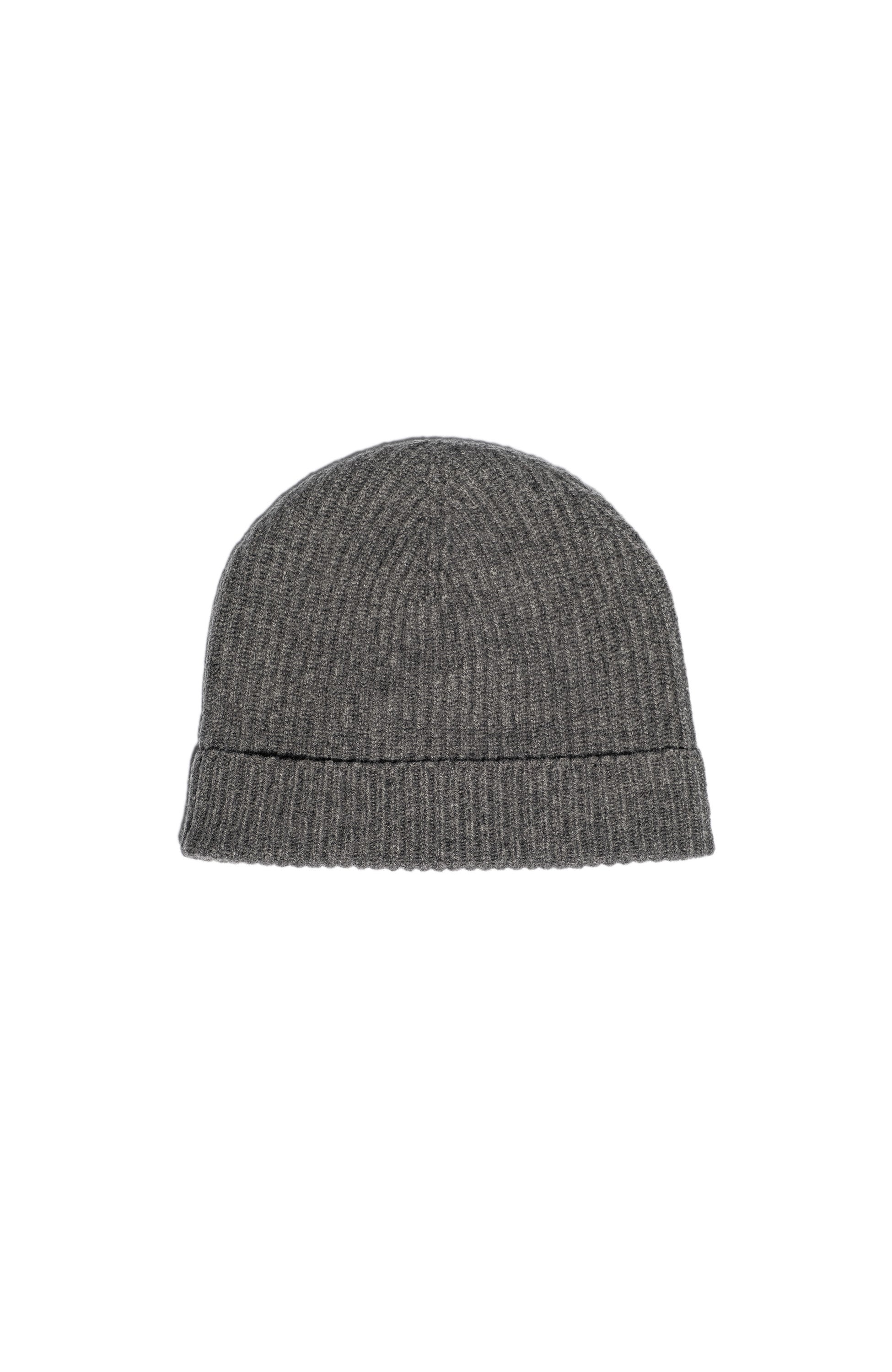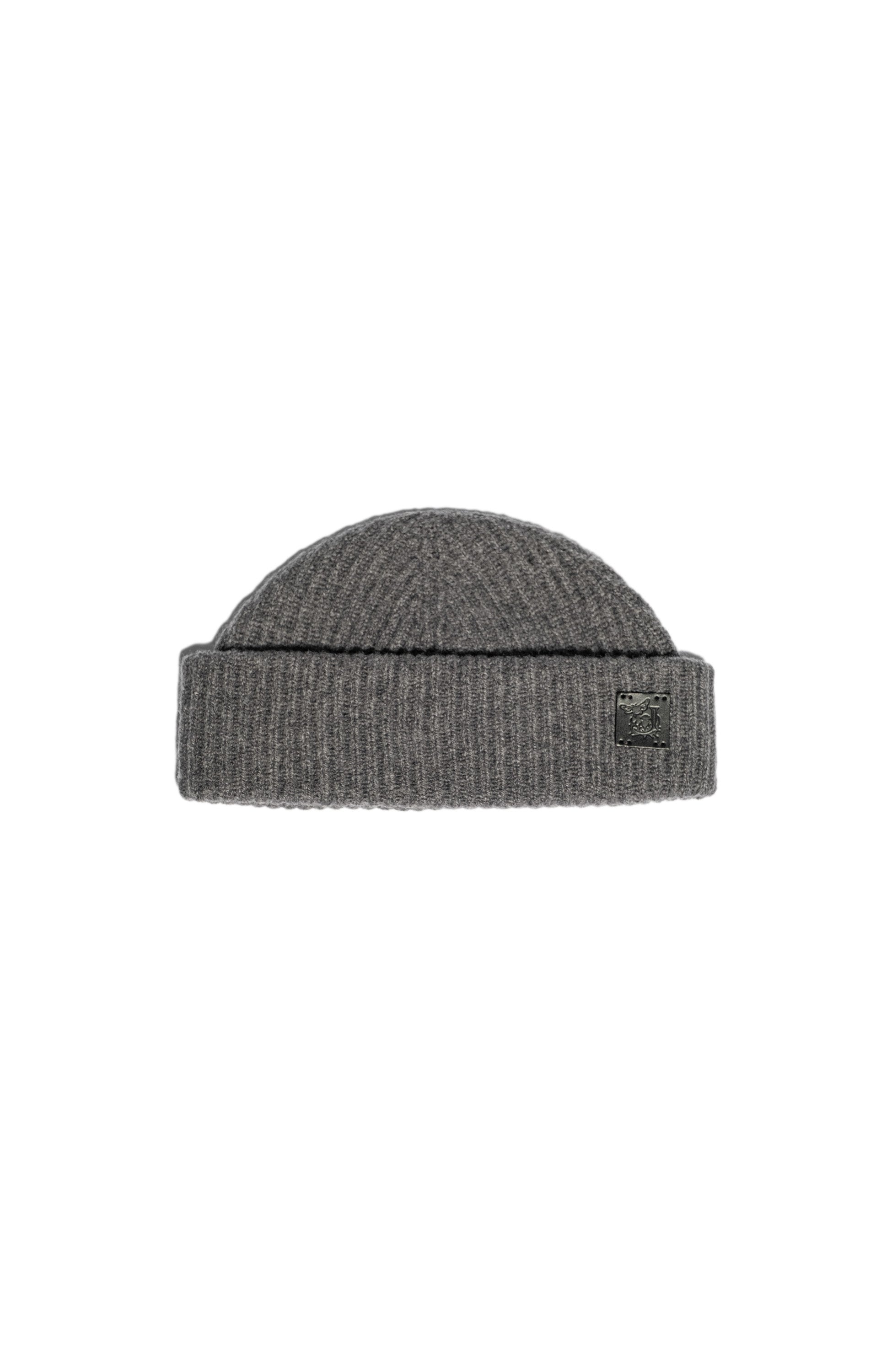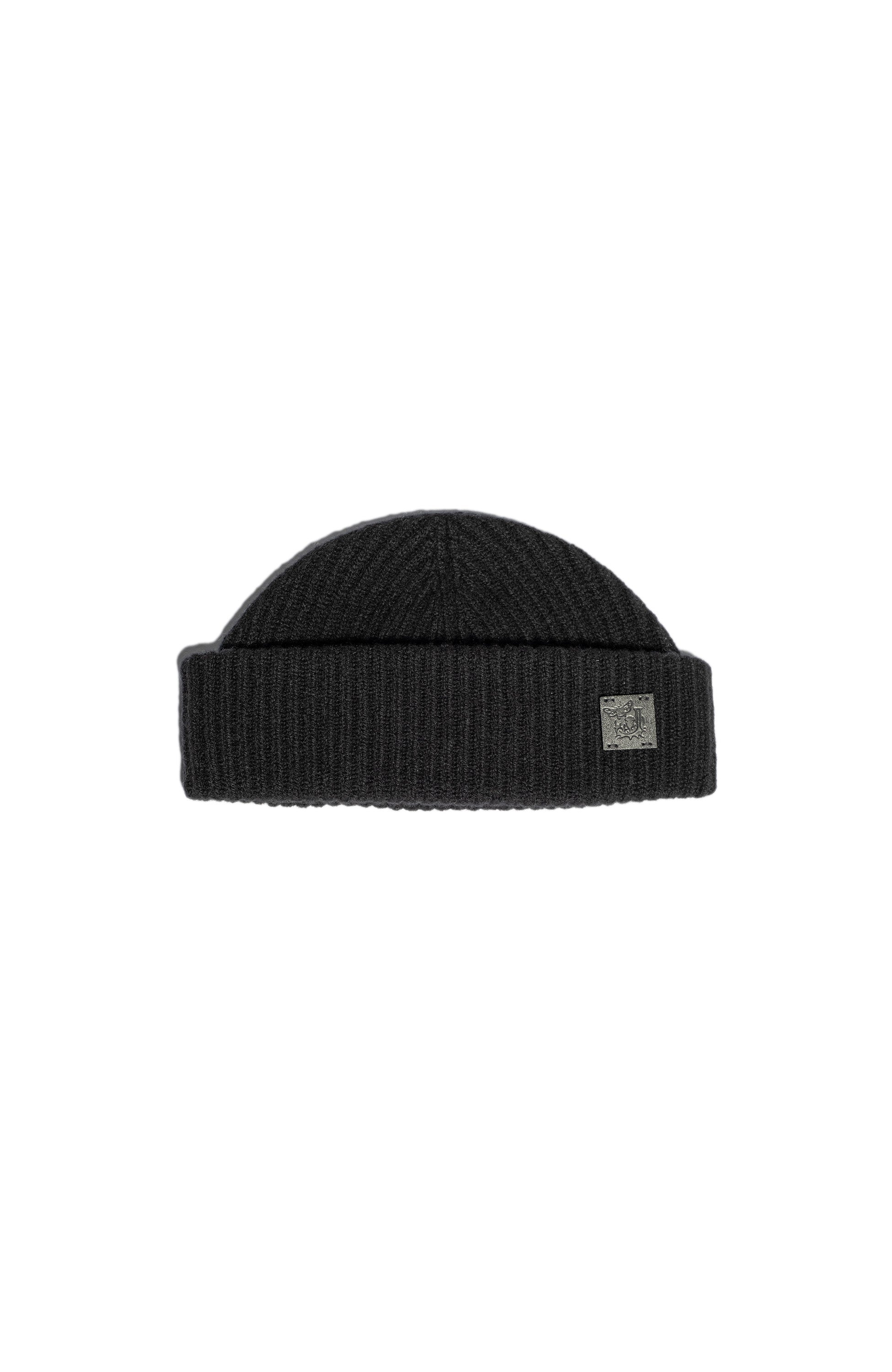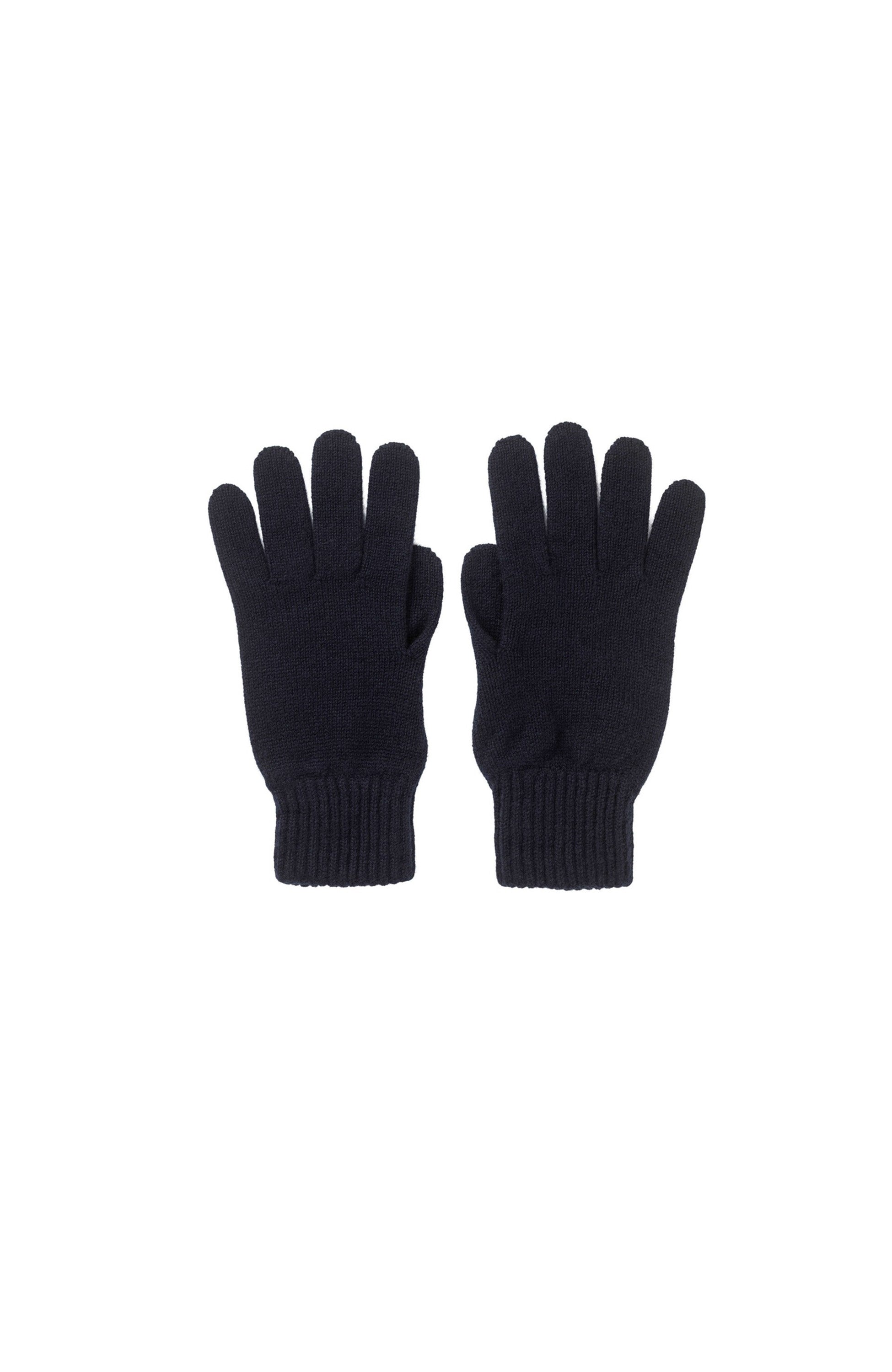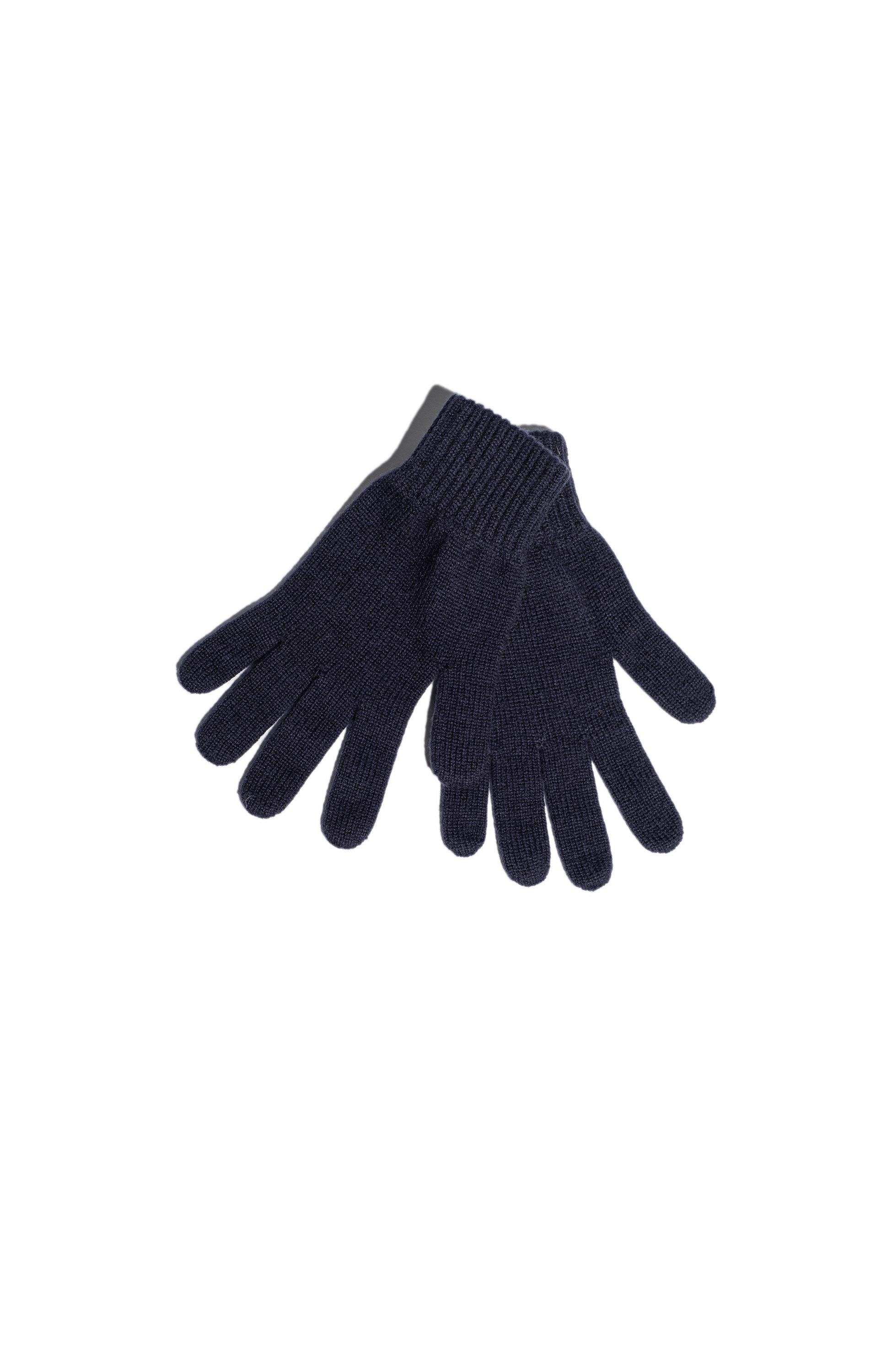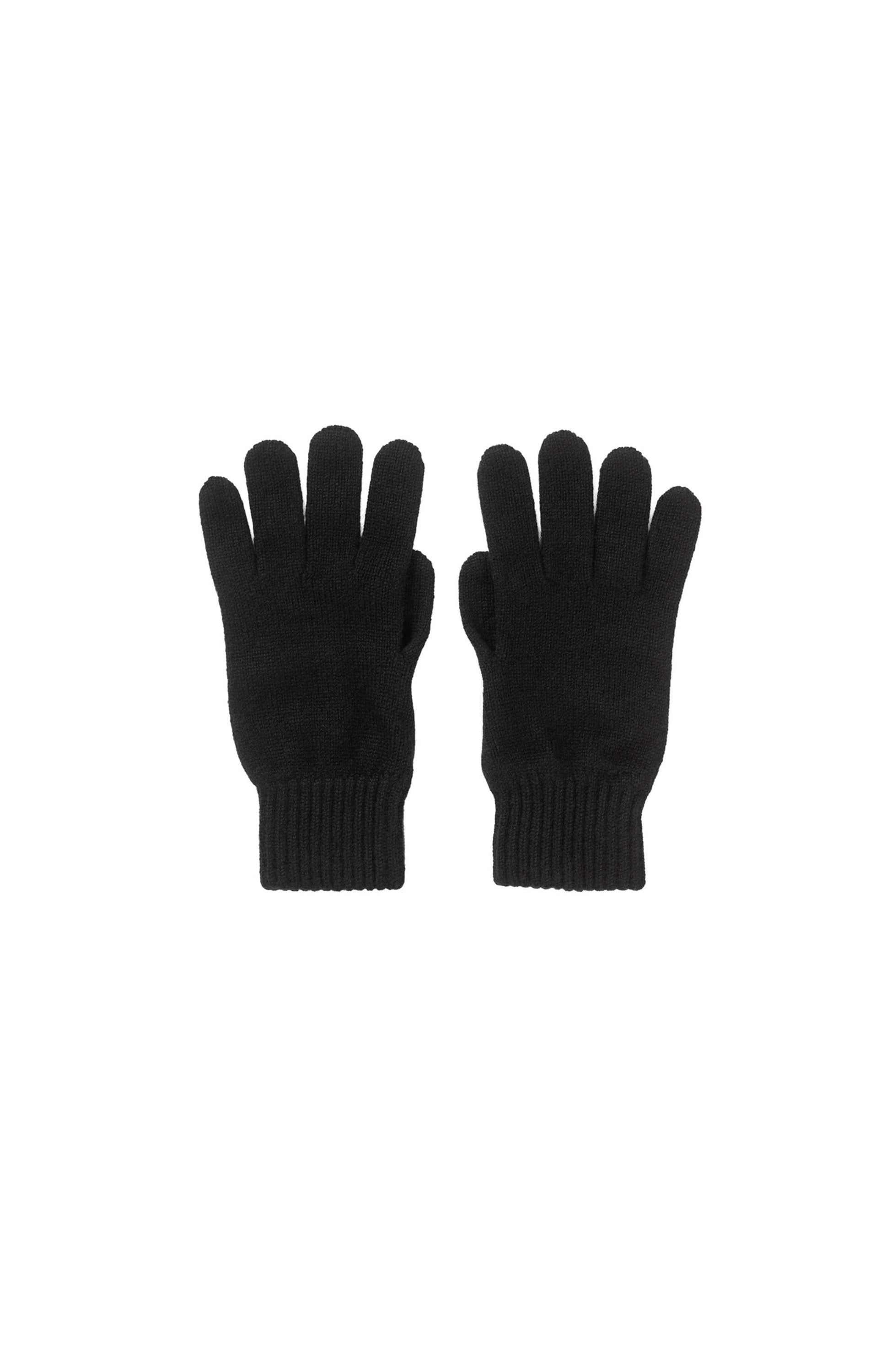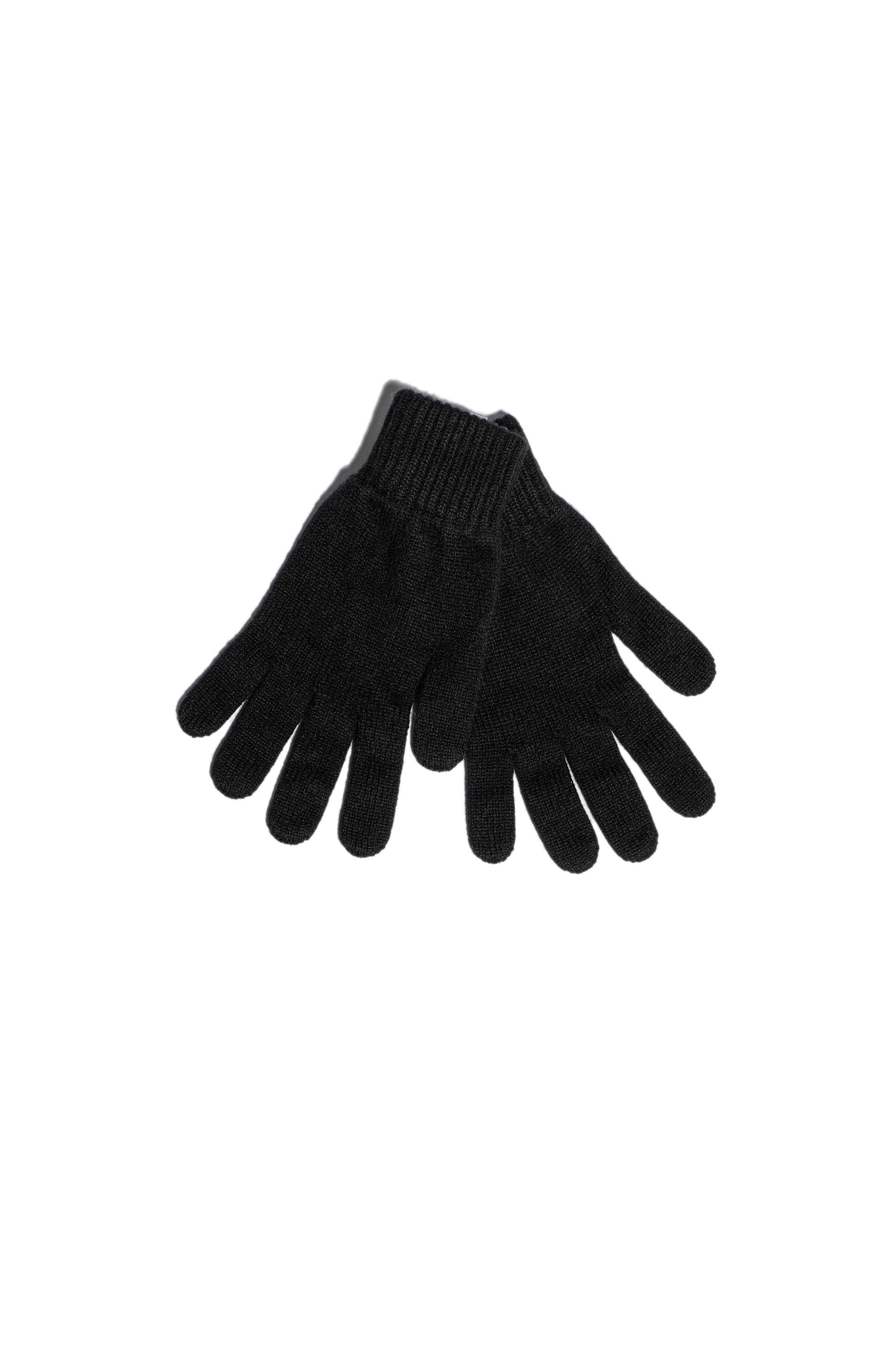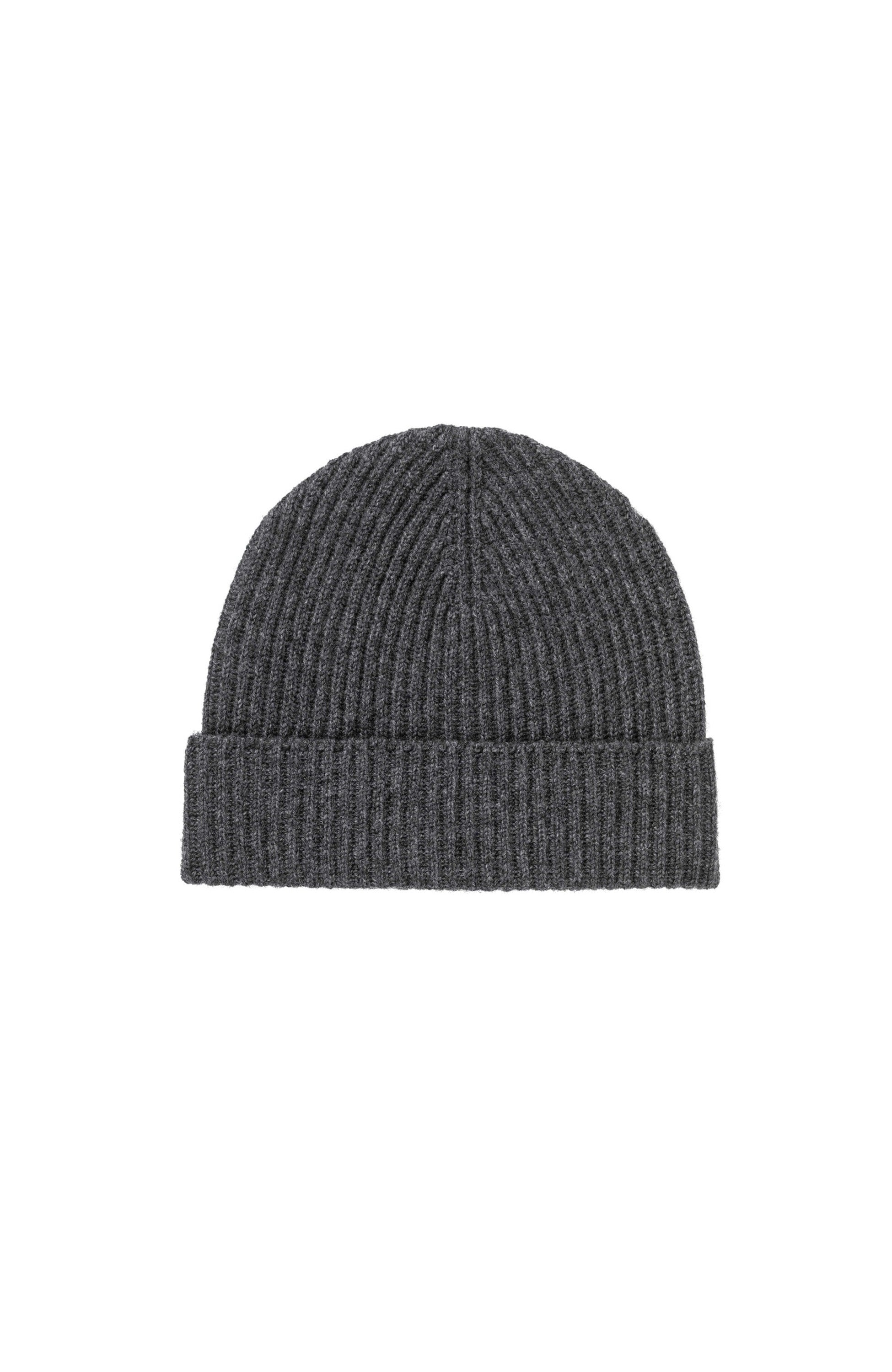
Cashmere Care and Washing Guide
Written by KATERYNA LAKOMOVA
Luxurious, soft, cozy, long-lasting, and versatile — all these features describe a well-known and loved fabric all over the world — cashmere. It is crafted from an undercoat of silky hair from goats living mainly in Mongolia and the heights of Ladakh and Tibet. It requires specific weaving technology and a lot of skill to produce such a fabric, and it takes approximately hair from 4 to 6 goats to make one thin pullover. Cashmere is definitely unique in its characteristics, but it also has a limited material source, making this fabric costly and wanted. That is why we are so interested in prolonging the life of each cashmere piece through cautious usage and proper care. In our cashmere care guide, we are going to unravel the step-by-step dos and don'ts of how to treat your favorite knitted pieces and maintain their beauty. The truth is, you’ll need to follow some rules when it comes to washing, drying, and storing cashmere, but as you will see, it’s not as complicated as it might seem. So let’s explore how to provide an effective and long life for your cashmere clothing with proper treatment and, of course, love.
When it’s Time to Wash Cashmere
Despite the fact that cashmere loves water and gets softer after each washing, it is not recommended to wash it frequently. Instead, if the piece is not stained, you may air it for a while, and it will regain its freshness due to its breathability properties. As cashmere doesn’t like to be worn every day, let it rest a day or two after airing, and it will be as good as just washed. If the piece is stained, you may gently clean the spot without washing the whole garment.
The best timing for a proper wash is between three and six wears. Such a system will help you keep the fabric fluffy and soft and remove all the dirt on time. Also, remember that it is highly suggested that you wash your cashmere before storing it for the next season. The fabric might seem clean, but dust, pieces of skin, and tiny dirt may be hidden between the fibers, and though invisible to us, that is pretty attractive for moths. To protect your precious item, wash and fully dry it before storing it in your wardrobe.
How to Wash Cashmere: General Rules
Specialists usually highlight three methods of washing cashmere: hand-wash, washing machine, and dry cleaning. Dry cleaning is the least preferable, as the chemicals used in this procedure may lead to a faster breaking of the fibers, so it is recommended to keep dry cleaning as a last resort. You should also be very careful with washing machine programs. When wet, cashmere is even more sensitive, and when mistreated, it may quickly lose its shape and soft fabric texture. So the best way to wash your cashmere garments is by hand, and we will provide a complete step-by-step instruction on how to make it in the most efficient manner below. Still, regardless of the washing method you choose, you should consider general rules that should be followed to maintain and extend the life of your piece.
- The water temperature should never exceed 30 degrees. It is easy to control in a washing machine, but for hand washing, use lukewarm water both for soaking and rinsing. Try not to change the temperature throughout the whole procedure, and never use either too hot or too cold water.
- Regular detergents, soaps, or bleach are dangerous for cashmere, so you should avoid using them. They may leave stains, fade the colors, or even cause tears in the fabric. Instead, go for the special shampoo made for cashmere; nowadays, it is easy to find it among other detergents. It is produced specifically to enhance the look of your cashmere piece and to remove all the dirt from inside the weaving smoothly.
- Don’t forget to check the product label before exposing your item to any treatment. “Only hand-wash” sign means that other washing methods might put your cashmere at risk, and it’s up to you to decide how much risk you are willing to afford.

Step-by-Step Guide on Hand-washing Cashmere
As mentioned before, you may try several different methods of cleaning your cashmere, but hand-washing is the safest of all. It will allow you to control the temperature, time, and force, as some pieces will need more effort and soaking time, while others could be rinsed after 5 minutes. True that cashmere doesn’t have to be washed often, although hand washing takes time and active attention. To help you minimize the effort and the risk of harming your garment, we’ve made an easy-to-follow instruction with precise steps, by following which you may provide a long-lasting and high-quality life for your beautiful, fluffy clothing.
- Prepare a clean basin and a proper detergent or shampoo for cashmere. Better to select a basin that will be used for cashmere only to avoid the appearance of unexpected dirt inside.
- Fill the basin with lukewarm water and add the appropriate amount of detergent. To determine the proper amount, check the label on the detergent. Please pay attention to the water temperature and never allow it to be too hot or too cold.
- Submerge and gently squeeze the piece for about one minute. Be careful not to wrinkle or twist the product, and try not to put too much strength in your squeezes.
- Let it soak in the basin; even for thick cashmere, 15 minutes should be enough. You may shorten the time if you don’t have visible staining or extend it if you consider that some extra minutes would help, though it is not recommended to exceed 20 minutes of soaking.
- Pour out the soapy water, fill the basin with clean, lukewarm water, and remember to keep the temperature the same throughout the whole process. Gently press the item inside the basin and change the water for a clean one again when needed. Continue until the water in the basin remains clean after pressing.
- Remove the excess water before proper drying by rolling your garment in a towel. Use a clean, dry towel that is wide enough to lay your piece flat inside.
- To dry, lay your cashmere clothing on a flat surface and shape it accurately. You may use a dry towel underneath if you are unsure how clean your surface is. Don’t put the piece in direct sunlight, near the heater, or on an open fire. While wet, cashmere is exceptionally vulnerable to any type of exposure, and rapid drying due to the high temperatures may damage the fibers.
Step-by-Step Guide on Cashmere Machine Wash
No matter how much you value your cashmere piece, sometimes we just don’t have enough time or energy to spend on washing activities. Generally, it is fine because machine washing is also an acceptable option for cleaning cashmere. It is more risky, as you cannot control each step of the process, but if you don’t have another choice, it is better to wash than not. The longer the dirt stays on the fabric, the more challenging and damaging it will become to remove it.
Below is a brief instruction we’ve prepared to lessen your risks while washing the cashmere in a washing machine. Pay close attention, and your garment most likely won't be damaged.
- Before the actual washing, prepare a suitable shampoo or detergent for cashmere and a mesh laundry bag. If you want to wash several pieces together, use a separate bag for each item.
- Choose a hand or wool setting for the washing cycle, and put your bags inside the machine. If you don’t have such an option, adjust it manually to a maximum of 30 degrees and 600 spins. Remember that cashmere doesn’t need a long washing, so 30 minutes is more than enough.
- Add the amount of detergent or special shampoo specified on the bottle. Don’t use regular detergent or soap.
- After the wash is finished, let the piece dry flat on a surface not exposed to direct sunlight, an open fire, or a heater. Never use a dryer if you don’t want to shrink and felt your garment.
How to Spot Clean Cashmere: A Step-by-Step Guide
If you spill some coffee on your favorite scarf or stain your sweater with makeup, there is no reason to wash the whole garment. Luckily, small spots can be effortlessly removed with a specific spot-clean technique, leaving your item soft, fresh, and undamaged. The process requires a little time, a delicate approach, and following the general rules. Remember: no hot water, no twisting, no heat, and let’s have a closer look at how it should be done.
- You will need a special cashmere detergent or shampoo, a stain remover, a basin with lukewarm water, and a clean cloth.
- Before cleaning, define what exactly caused the staining. Greasy spots from oil, cream, makeup, and similar products will need a particular approach.
- If there are any solid substances, like whipped cream, use a clean piece of cloth to remove them. Don’t press the fabric too much; you don’t want the dirt to get even deeper.
- If the stain is greasy, apply baking soda to it and leave for 15-20 minutes to absorb the grease. Shake the soda off and check if the stain is completely gone. In case you still see some dirt, you may need to hand wash this part as we described before.
- If the stain is from coffee, tea, juice, or other non-greasy liquids, use a cashmere detergent or shampoo. Mix a small amount with water, apply it to the stain, and gently massage the spot until the stain is gone. If this method is not working, you may need to hand wash this part as we described before.
- After the stain is successfully removed, let the cashmere dry flat on a surface not exposed to direct sunlight, an open fire, or a heater.

Drying Cashmere
We’ve already unraveled some drying secrets in the previous paragraphs, but let’s sum it up.
Cashmere can take a day or two to dry completely, and this process cannot be sped up. A dryer is out of the question, as it will felt and shrink your piece. Direct sunlight, heaters, or open fires are also damaging to cashmere. So, the only healthy way for it to dry is slowly and on its own.
After each wash, remove the excess water from the item before drying it by rolling it in a dry, clean towel. Then, lay it flat on a clean surface and reshape it. Don’t try to hang it to dry, as it will easily stretch out most unpleasantly. Lay it flat, wait until it dries out entirely, and you may wear or store the garment.
Iron or Steam
Usually, you won’t see any creases on your cashmere, but if it happens, you may have a reasonable question. Can you iron or steam cashmere? And the answer is yes, but with some precautions.
If you want to use iron, turn it to the lowest temperature and don’t overheat the fibers. Put a cloth between the iron and cashmere to protect the sensitive texture. But if you have a steamer, we highly recommend using this one, as it is much safer for the material. You don’t need a professional garment steamer; a small travel one will do the job.
Pilling
Pilling doesn’t tell anything about the quality of your cashmere sweater, as pilling is a regular thing. It may pill faster if the piece is tightly knitted and actively worn. Usually, you start seeing some bobbles on the shoulders, armpits, and hip area first; any jumper has more interactions in these parts. But these bobbles are removable, and even more — cashmere looks and feels softer after the removal.
We don’t suggest using household tools, like razors, for pilling, as it is very easy to damage the fabric. Instead, search for a special cashmere comb explicitly designed for brushing cashmere. When brushing, do it alongside the weaving and don’t put too much force into the movement. If you have any doubts, you may watch a video tutorial to be sure you do it correctly.
How to Store Cashmere
The last but essential part of our cashmere care guide will provide tips on how to store cashmere properly. If you want your trousers, scarves, or socks to serve you long and keep their fluffy coziness, you should take care of them not only while wearing them but also when storing them in the wardrobe.
First of all, make sure that your pieces are clean, washed, and completely dry. Then, prepare breathable cotton bags for each piece. Plastic bags cannot provide proper air circulation and may build up condensation and moisture that will lead to moths and molds. Fold your pieces carefully, put them into the cotton bags, and zip them. Never hang your cashmere clothes; they are quickly stretching and snagging. Put your bags with cashmere in a dry, cool place and protect them from direct sunlight. To be sure that moths won’t eat your cashmere, put some cedar or lavender sachets in the storage. Mothballs are not recommended, as they leave unpleasant smells on your clothes. If you store your cashmere for an extended period, air it out from time to time.
Take care of your cashmere, and it will take care of you! We hope our guide was helpful, and we wish all your knitted treasures a long and fluffy life!
Cahsmere Edition























































